From bustling cities to serene backyards, birds are a constant presence in our lives. These remarkable creatures, like the American Robin and House Sparrow, are easily recognizable due to their distinct physical traits. Their adaptability allows them to thrive in diverse environments, making them a vital part of ecosystems nationwide1.
This guide dives into the fascinating behaviors of these species, including their feeding habits and unique calls. Whether you’re a novice or an experienced enthusiast, you’ll find valuable insights into their seasonal and regional variations. Understanding their roles helps us appreciate their contribution to the natural world.
With populations like the Red-winged Blackbird estimated at 130 million to 190 million, and the American Robin at 300 million, these birds are not just abundant but also essential to biodiversity1. Explore this comprehensive listicle to discover more about these incredible creatures and their significance.
Table of Contents
Key Takeaways
- Birds like the American Robin and House Sparrow are easily identifiable by their unique traits.
- They thrive in diverse environments, from urban areas to natural habitats.
- Seasonal and regional variations influence their behavior and presence.
- Understanding their roles enhances appreciation for their ecological importance.
- This guide is designed for both beginners and experienced bird enthusiasts.
Introduction to America’s Avian Wonders
Across the vast landscapes of the United States, a rich tapestry of bird species thrives. From the dense forests of the Pacific Northwest to the sunny backyards of the Southeast, these creatures add life and color to every corner of the country. Their presence is a testament to the ecological diversity of North America.
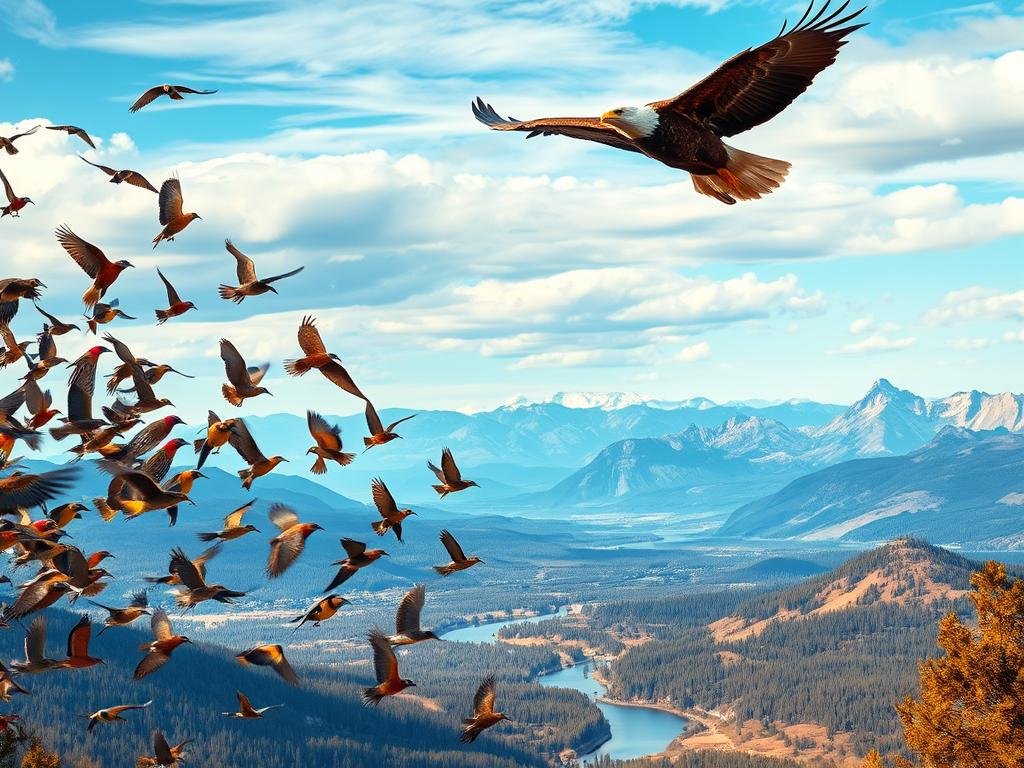
Different states host unique bird populations, influenced by climate, geography, and habitat. For example, the Sandhill Crane gathers in Nebraska each spring, showcasing the seasonal patterns of migration2. Such events highlight the interconnectedness of ecosystems across the continent.
Diversity Across U.S. Regions
The United States is divided into distinct regions, each with its own avian specialties. The Atlantic Flyway, for instance, is a critical route for migratory species traveling between the Caribbean and North America2. Meanwhile, the Central Flyway sees over 50% of the continent’s migratory waterfowl2.
Urban areas are not left out. Cities and suburbs provide habitats for species like the House Sparrow and American Robin. These backyards often become hotspots for birdwatching, especially during spring migrations2.
Why Birding Matters Today
Birding is more than a hobby; it’s a way to connect with nature and contribute to conservation. Observing birds in your backyard or local park can provide valuable data for scientific research. Efforts like these have already improved conservation management on 6.4 million acres of U.S. bird habitat3.
Moreover, birding fosters appreciation for the natural world. It encourages people to protect habitats and support initiatives that safeguard species like the Dark-eyed Junco and White-throated Sparrow, both of which have seen significant population declines3.
As you explore the avian wonders of the United States, you’ll discover not only the beauty of these creatures but also their vital role in maintaining ecological balance. This journey sets the stage for deeper insights into specific species and their behaviors.
Exploring Common Backyard Bird Species
Backyards across the U.S. are often bustling with activity from feathered visitors. Species like House Sparrows, Finches, and Mourning Doves are regulars, bringing life and color to outdoor spaces. These common birds are not only a joy to watch but also play a vital role in local ecosystems4.
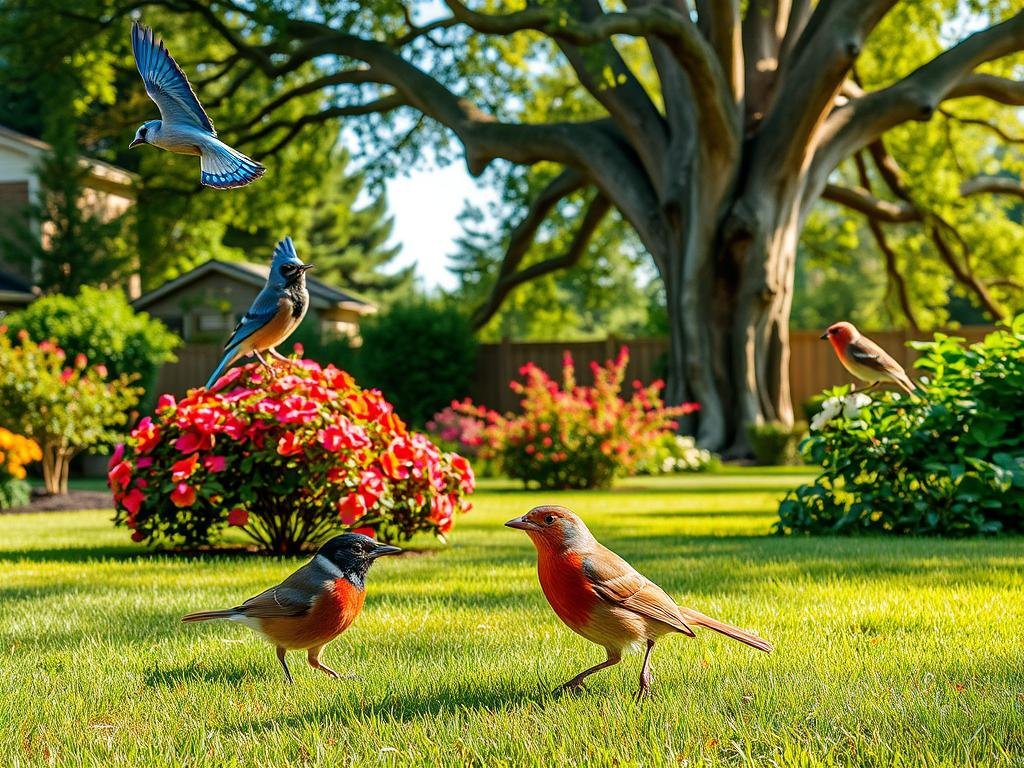
House Sparrows, Finches, and Doves
House Sparrows are adaptable and often seen near human habitats. Finches, like the American Goldfinch, add a splash of color with their bright yellow summer plumage, which fades to gray and brown in winter5. Mourning Doves, with their soft cooing, are a peaceful presence in many yards.
Behavioral patterns vary among these species. For example, the Tufted Titmouse stores food within a 130-foot radius of feeders, ensuring a steady supply during colder months4. Understanding these habits can enhance your birding experience.
Feeder-Friendly Species
Attracting common birds to your yard is easier with the right feeder setup. Tube feeders are ideal for finches, while platform feeders cater to doves and sparrows. During winter, offering high-energy foods like sunflower seeds can draw in species like the Dark-eyed Junco, whose population is estimated at 630 million6.
Seasonal shifts also influence feeder activity. While some species are year-round visitors, others, like the American Goldfinch, are more abundant in warmer months. Observing these patterns can deepen your appreciation for backyard birding.
By creating a welcoming environment, you can enjoy the beauty and behaviors of these common birds while contributing to their well-being. This foundation sets the stage for exploring more detailed lists of species in the next section.
Most Popular Birds Found in America: Detailed List
The United States is home to a diverse array of avian species, each with unique traits. From vibrant songbirds to adaptable doves, these creatures thrive in various areas, including urban backyards and natural habitats. Their behaviors and appearances make them a favorite among bird enthusiasts.
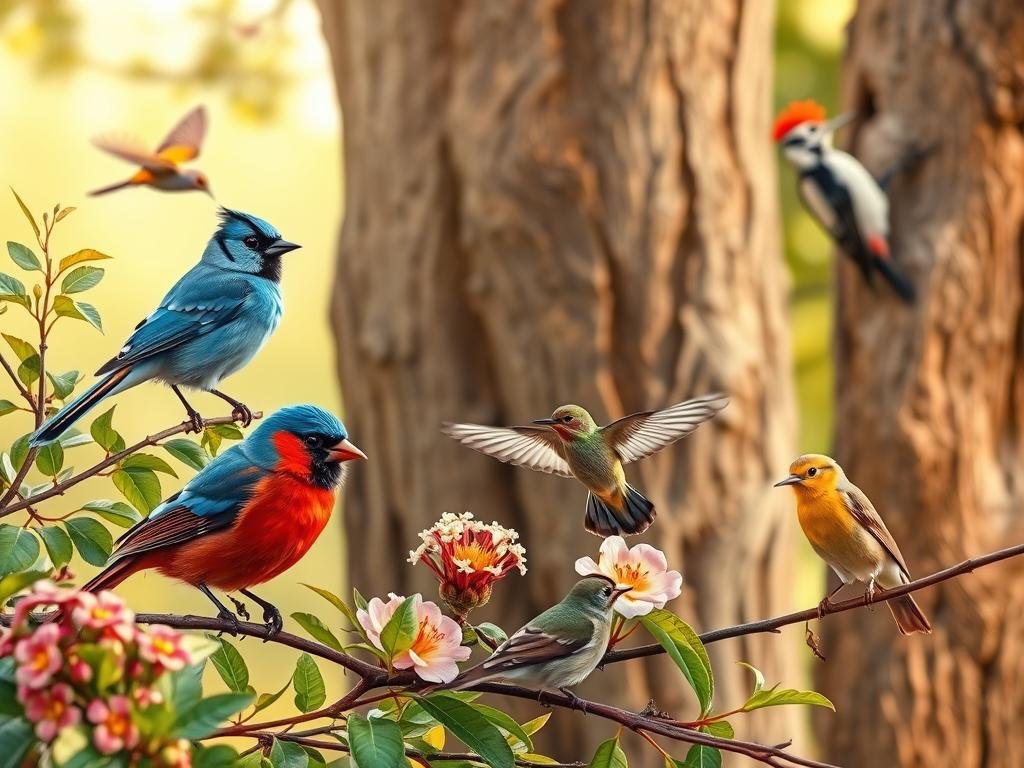
Iconic Songbirds and Their Traits
Songbirds like the Northern Mockingbird and American Robin are celebrated for their vocal abilities. The Northern Mockingbird can imitate up to 200 different songs, showcasing its remarkable adaptability7. The American Robin, found in every state in the Lower 48, is known for its cheerful morning calls and foraging behavior8.
Male songbirds often display brighter colors to attract mates. For example, the Northern Cardinal’s vivid red plumage makes it a standout in any backyard. Females, however, tend to have more subdued tones, blending into their surroundings for protection8.
Distinctive Colors and Unique Behaviors
Species like the Blue Jay and Northern Cardinal are known for their striking appearances. Blue Jays, with their bold blue and white feathers, are year-round residents in the eastern U.S8.. Their loud calls and territorial displays are a common sight in many areas.
Mourning Doves, the most widespread dove species in North America, are adaptable to various habitats. They often nest multiple times in a single breeding season, ensuring their population remains robust7. Their soft cooing adds a peaceful ambiance to backyards.
Behavioral differences between males and females are also notable. Male House Sparrows, for instance, dominate their groups, while females focus on nesting and foraging8. These roles highlight the complexity of avian social structures.
Understanding these species’ behaviors and adaptations enhances our appreciation for their roles in ecosystems. Whether in natural areas or urban backyards, these birds continue to captivate and inspire.
Seasonal Birding Insights
Seasonal changes bring fascinating transformations to bird populations and behaviors across the United States. From vibrant spring arrivals to winter adaptations, these shifts offer unique opportunities for bird enthusiasts to observe and appreciate avian life.

Spring and Summer Revelations
Spring marks the celebratory return of many species, including the American Robin. Known for its cheerful morning calls, this bird is a herald of warmer days. During this season, songbirds like the Northern Mockingbird fill the air with their melodic tunes, often imitating up to 200 different sounds9.
Summer unveils vibrant behaviors, especially in mating rituals. Male birds often display brighter colors to attract mates. For example, the American Goldfinch transitions from gray-green in winter to bright yellow-and-black in summer, showcasing its seasonal transformation10.
Fall and Winter Adaptations
As temperatures drop, many species adapt by changing their diets. Birds like the Yellow-rumped Warbler consume more berries to sustain themselves during colder months10. Grouping behavior also becomes common, with members of a species flocking together for warmth and protection.
Winter plumage changes are another notable adaptation. The Common Loon, for instance, shifts from a jet-black head in summer to a nondescript gray-brown appearance in winter10. These adaptations ensure survival in harsher conditions.
Understanding these seasonal patterns enhances birding experiences and highlights the importance of conservation efforts. By observing these changes, enthusiasts can contribute valuable data to protect these remarkable creatures.
Bird Habitats and Feeding Areas in the United States
The diverse landscapes of the United States provide unique habitats for a wide range of bird species. From bustling cities to tranquil countryside fields, these environments shape the lives of house sparrows, mourning doves, and hummingbirds. Understanding these habitats helps us appreciate how birds adapt and thrive in different settings.

Urban Versus Rural Environments
Urban areas are bustling with activity, offering unique challenges and opportunities for birds. Species like house sparrows and mourning doves thrive in cities, often nesting on buildings and feeding on scraps. These birds have adapted to human-dominated landscapes, making them a common sight in parks and backyards.
In contrast, rural areas provide more natural habitats, such as forests, fields, and wetlands. These environments support a wider variety of species, including hummingbirds, which rely on nectar from wildflowers. The availability of food and nesting sites in rural areas often leads to healthier bird populations11.
Impact of Habitats on Feeding Areas
Different habitats influence where and how birds find food. In urban settings, house sparrows often scavenge near human activity, while mourning doves forage on the ground for seeds. Rural areas, on the other hand, offer abundant natural food sources, such as insects and berries, which are essential for species like hummingbirds.
- Urban birds rely on human-provided food, such as feeders and scraps.
- Rural birds benefit from diverse natural food sources, supporting their overall health.
- Seasonal changes affect food availability, influencing bird behavior in both environments.
Understanding these differences helps bird enthusiasts create welcoming spaces for species in their state. Whether in urban or rural areas, providing the right resources can make a significant impact on local bird populations.
Understanding Bird Calls and Vocalizations
Bird calls and vocalizations are a gateway to understanding avian behavior and identification. These sounds serve as essential tools for birders and enthusiasts, helping them recognize species even when they are out of sight. From the cheerful songs of the American Robin to the distinct calls of the Northern Cardinal, each species has its unique auditory signature12.
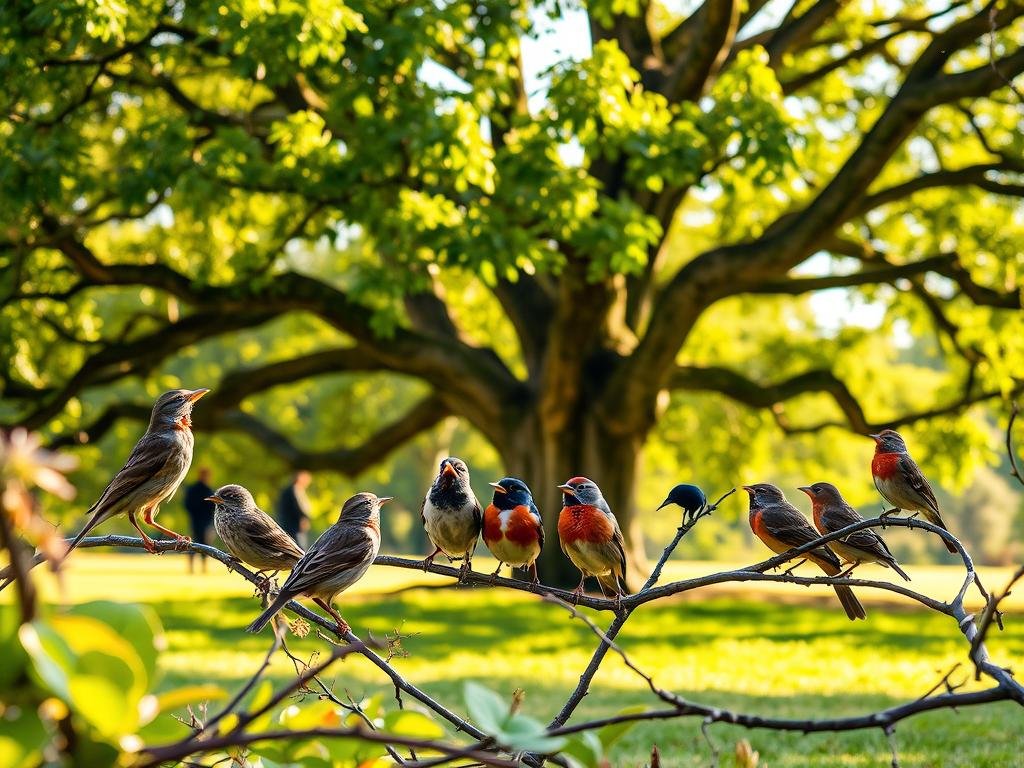
Decoding Songs of the American Robin and Northern Cardinal
The American Robin’s song is a series of clear, melodious phrases often heard in the early morning. Its cheerful calls are a hallmark of spring and summer, signaling the start of a new day13. Similarly, the Northern Cardinal’s whistled notes are distinct and repetitive, making it easy to identify even in dense foliage.
These songs are not just for identification; they play a crucial role in mating and territorial behaviors. Male cardinals, for instance, use their songs to attract mates and defend their territory12.
Special Vocal Traits of Jays and Woodpeckers
Jays, like the Steller’s Jay, are known for their loud, harsh calls that can echo through forests. These sounds often serve as alarms, warning other birds of potential threats13. Woodpeckers, on the other hand, use drumming on trees to communicate. The pace and rhythm of their knocks can help birders identify the species13.
Seasonal changes, especially during fall migrations, can influence the variety and frequency of these calls. Observing these patterns in local parks can enhance your birding experience12.
| Species | Call Type | Purpose |
|---|---|---|
| American Robin | Melodious phrases | Mating, territorial |
| Northern Cardinal | Whistled notes | Mating, territorial |
| Steller’s Jay | Harsh calls | Alarm, communication |
| Downy Woodpecker | Drumming | Communication |
Learning to decode these sounds can be a rewarding experience for people of all skill levels. Whether you’re in a local park or your backyard, paying attention to these vocalizations can deepen your connection with nature and enhance your birding skills12.
Bird Conservation, Citizen Science, and Community Engagement
Engaging in bird conservation is more than a hobby; it’s a commitment to preserving the natural world. Across North America, native species face challenges due to habitat loss, climate change, and other threats. Protecting these species and their habitats requires collective effort, from local communities to global initiatives14.

Protecting Native Species and Habitats
Native species like the Dark-eyed Junco and White-throated Sparrow have seen significant population declines in recent years14. Conservation efforts focus on preserving critical habitats, such as wetlands and forests, which are essential for their survival. Initiatives like the Great Backyard Bird Count and eBird play a vital role in tracking these populations and informing conservation strategies15.
Citizen science projects, such as the Christmas Bird Count, have been instrumental in gathering data since 1900. These efforts provide valuable insights into population trends and help shape conservation actions16. By participating, individuals contribute to a larger mission of protecting birds in North America and beyond.
How Enthusiasts Can Contribute
There are many ways to get involved in bird conservation. Simple actions, like setting up bird feeders or planting native vegetation, can create safe spaces for local species. Participating in citizen science projects, such as the Great Backyard Bird Count, allows enthusiasts to contribute data that supports research and conservation15.
Collaborating with organizations like the Audubon Society or Cornell Lab of Ornithology amplifies these efforts. These groups work on a global scale to protect habitats and raise awareness about the importance of conservation14. By joining these initiatives, individuals can make a meaningful impact on the world of bird conservation.
| Initiative | Description | Impact |
|---|---|---|
| Great Backyard Bird Count | Annual event where participants observe and report bird species. | Provides data on population trends and informs conservation efforts15. |
| eBird | Online platform for recording bird sightings. | Supports research and conservation decisions worldwide14. |
| Christmas Bird Count | Longest-running community science program. | Tracks bird populations and guides conservation actions16. |
By taking these steps, enthusiasts can help protect birds in North America and contribute to global conservation efforts. Every action, no matter how small, plays a part in preserving the beauty and diversity of the natural world.
Conclusion
Exploring the avian world reveals the intricate connections between species and their environments. From the soft cooing of mourning doves to the vibrant songs of the Northern Cardinal, each call offers a glimpse into their behaviors and roles in ecosystems17.
Understanding these vocalizations enhances birding experiences, especially when observing species across their natural range. The diversity of avian life, from adaptable urban dwellers to forest songbirds, highlights the importance of preserving their habitats18.
Engaging in birding and conservation efforts can make a significant impact. Whether through citizen science projects or creating bird-friendly spaces, every action contributes to protecting these vital species. Their presence enriches our natural heritage and reminds us of the delicate balance within our ecosystems.
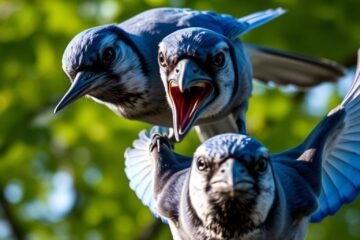
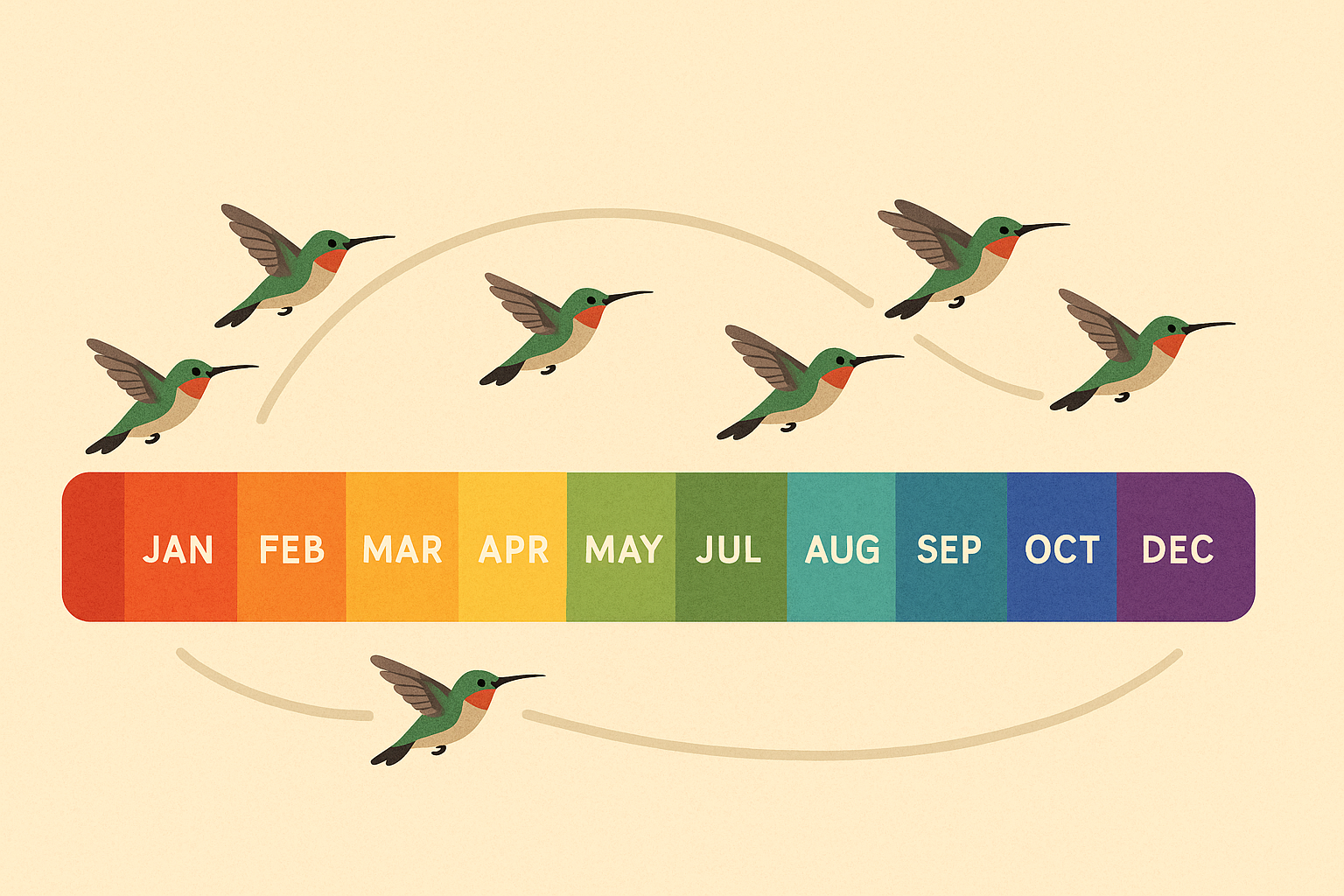
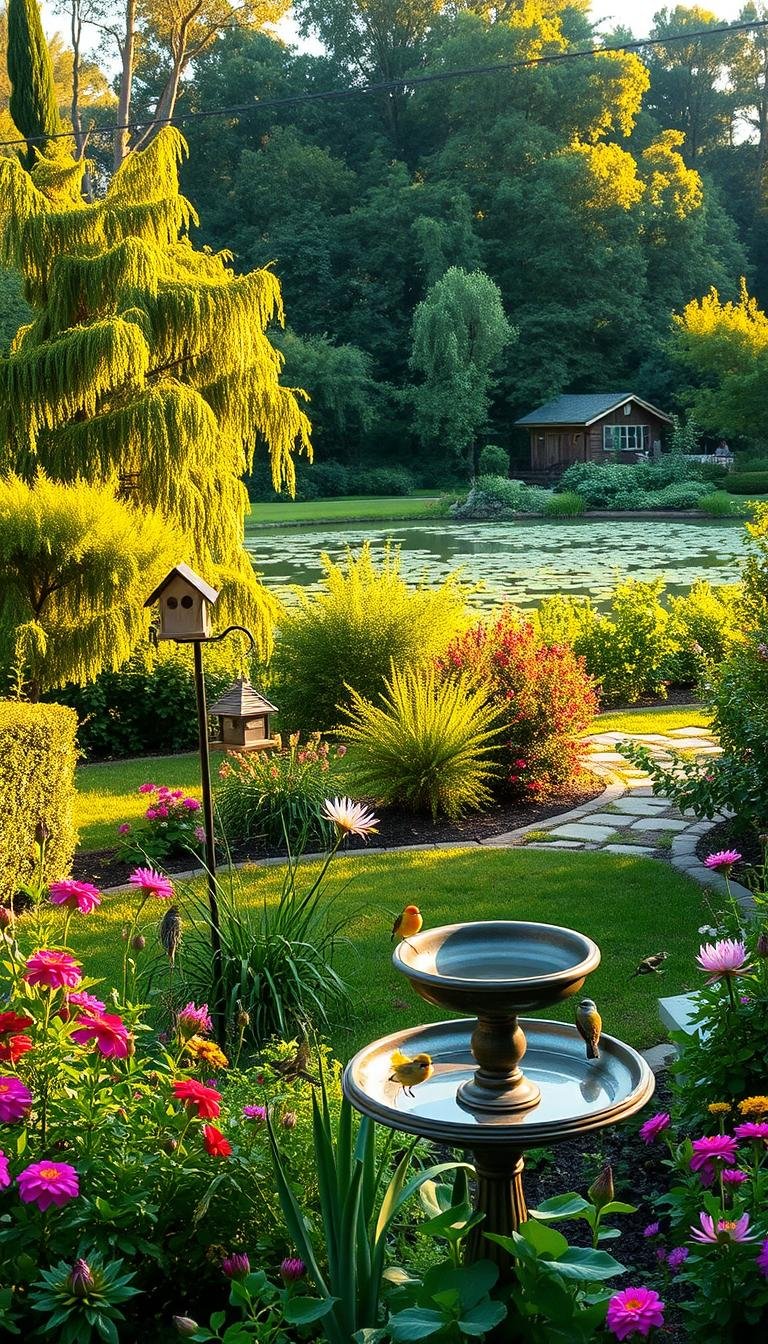
0 Comments